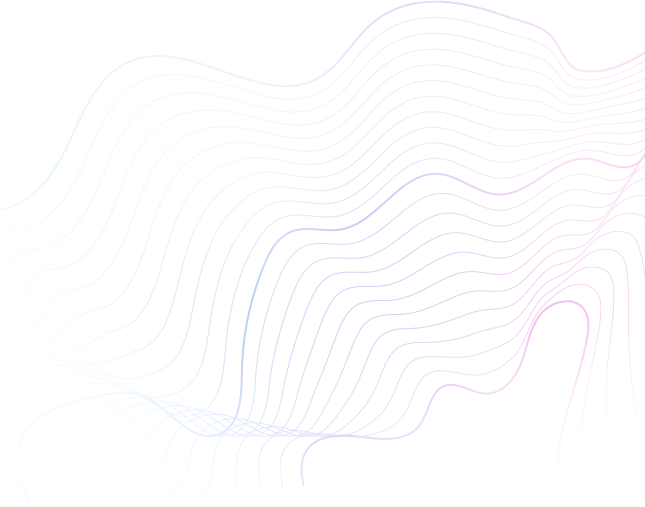About this Course
Instructor
Learning Objectives
Sponsors
Quick Links
Webinar Description:
To be a competent surgeon when operating on brachycephalic breeds, we must be familiar with the anatomy and function of the pharyngeal chiasma, including nasopharynx, oropharynx, laryngopharynx, larynx and immediate infra-glottal region. The nasal cavity, auditory system and swallowing are also
integrally involved with the upper airway and should be evaluated. This talk will cover an anatomical review of the region and demonstrate how to perform a thorough upper airway examination, including how to record findings systematically. It will also cover appropriate imaging that assists in fully characterizing airway issues in brachycephalic dog breeds. Finally, we will discuss how important it is to be familiar with performing a temporary tracheostomy and how to maintain one.
Webinar Agenda:
- A brief evolution of the otorhinolaryngology specialty will be described.
- Animals are not able to self-report like humans, so we need to be thorough in our history-taking.
- A template will be given to help ensure that we cover the history consistently and completely.
- A review of the anatomy of the head and neck as it pertains to aerodigestive disorder.
- Often the examination of the upper airway is brief, incomplete and poorly recorded. We will go through the complete upper airway examination using a template as a guide.
- We will cover how we evaluate function properly, especially with patients that cannot communicate as well as human patients.
- We will discuss ancillary diagnostic modalities that are sometimes indicated to fully evaluate the upper airway, including radiography, CT, rhinoscopy, fluoroscopy and upper gastrointestinal endoscopy.
- In summary, this webinar will show how an accurate and comprehensive examination allows us to determine the best intervention (if any) for the patient, provide a realistic prognosis for owners and manage all expectations appropriately.
- We will cover temporary tracheostomy placement and maintenance.



